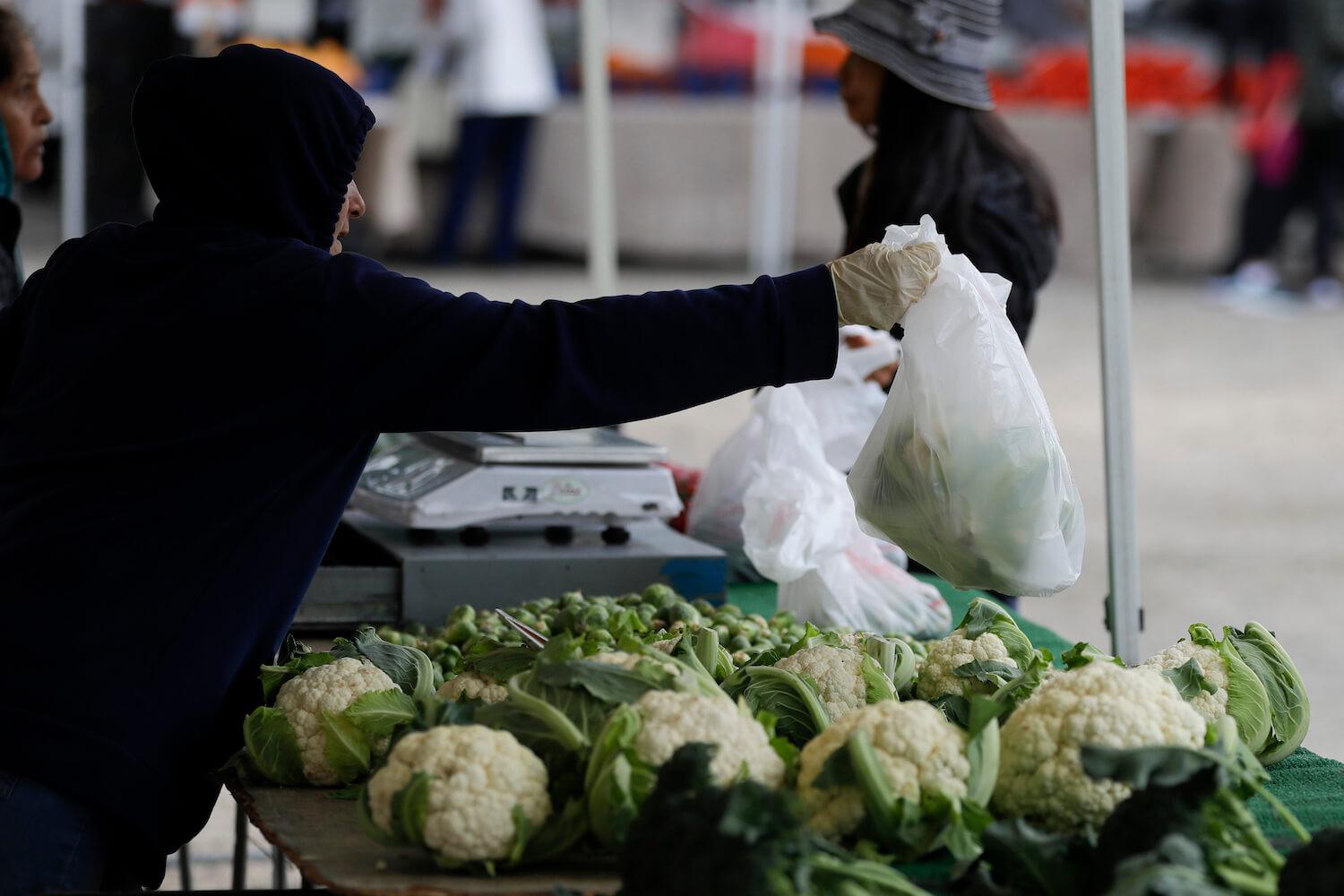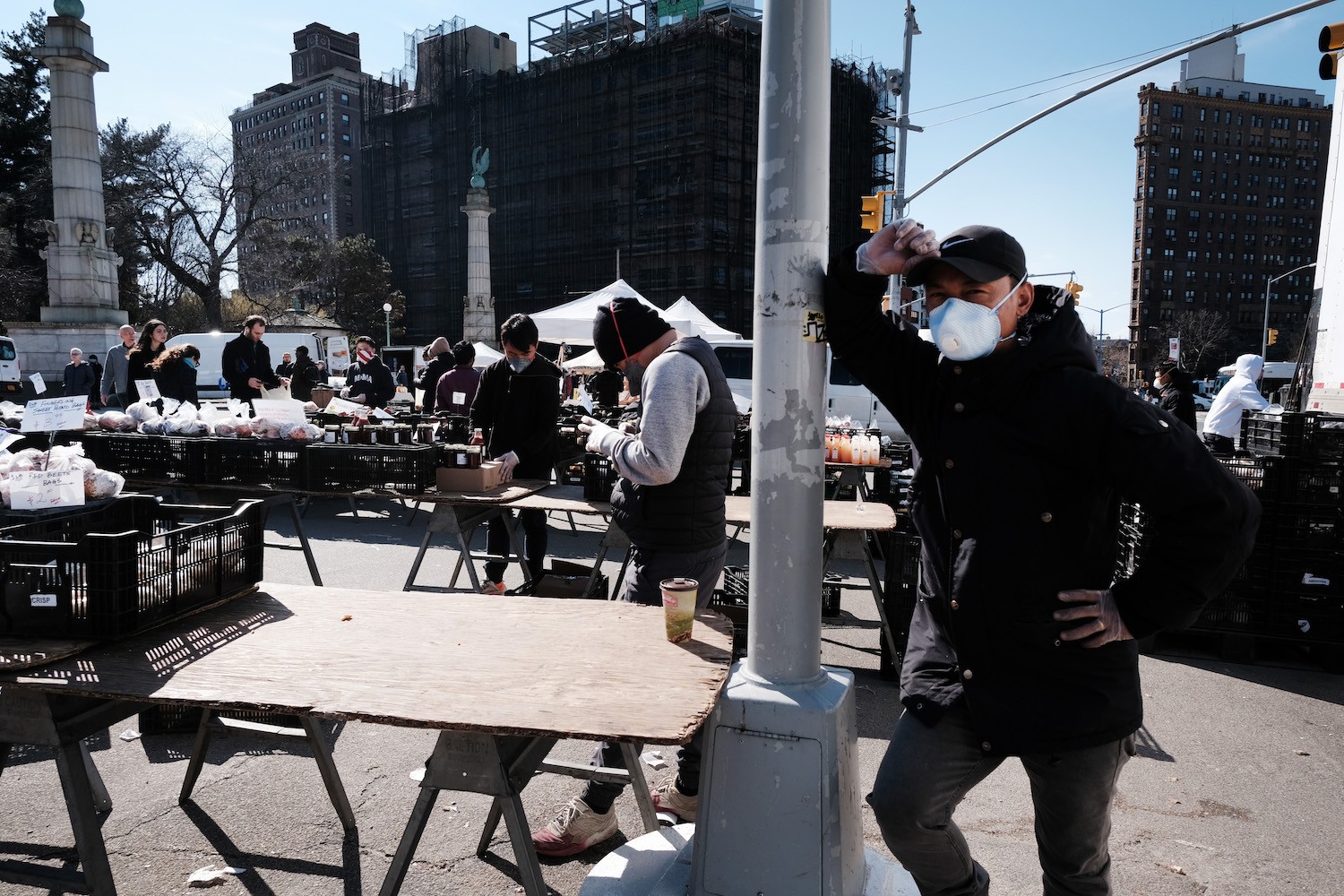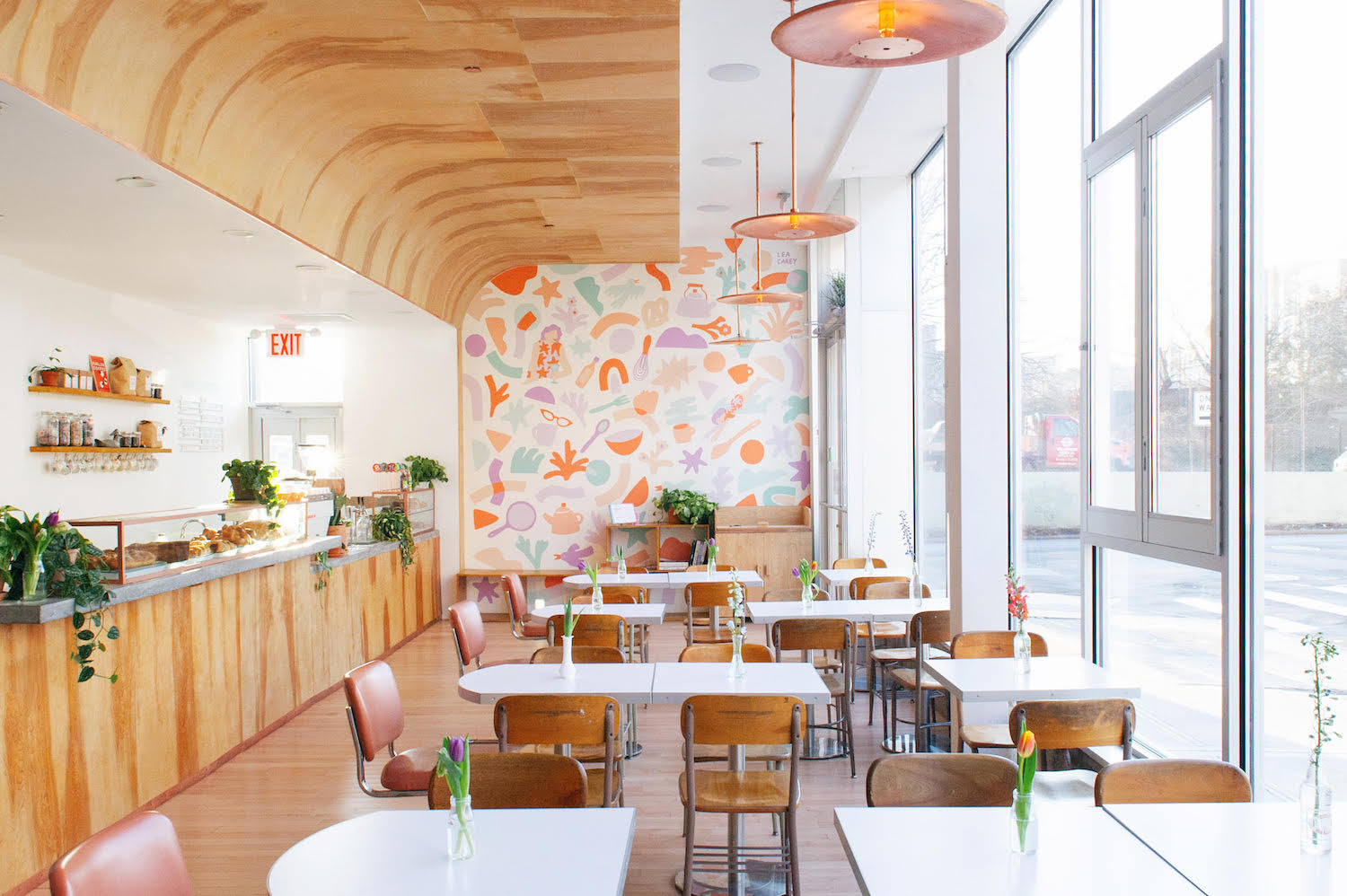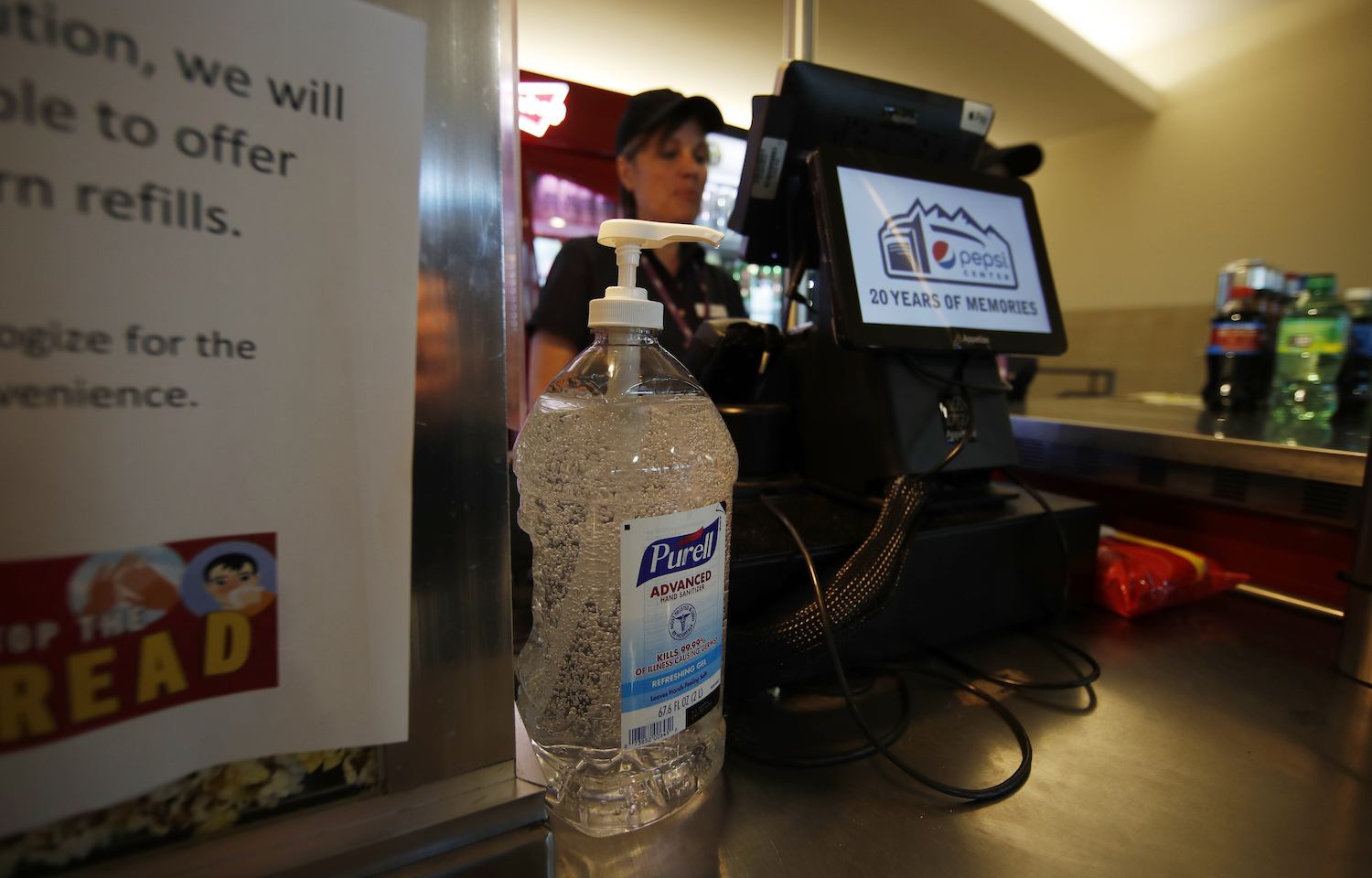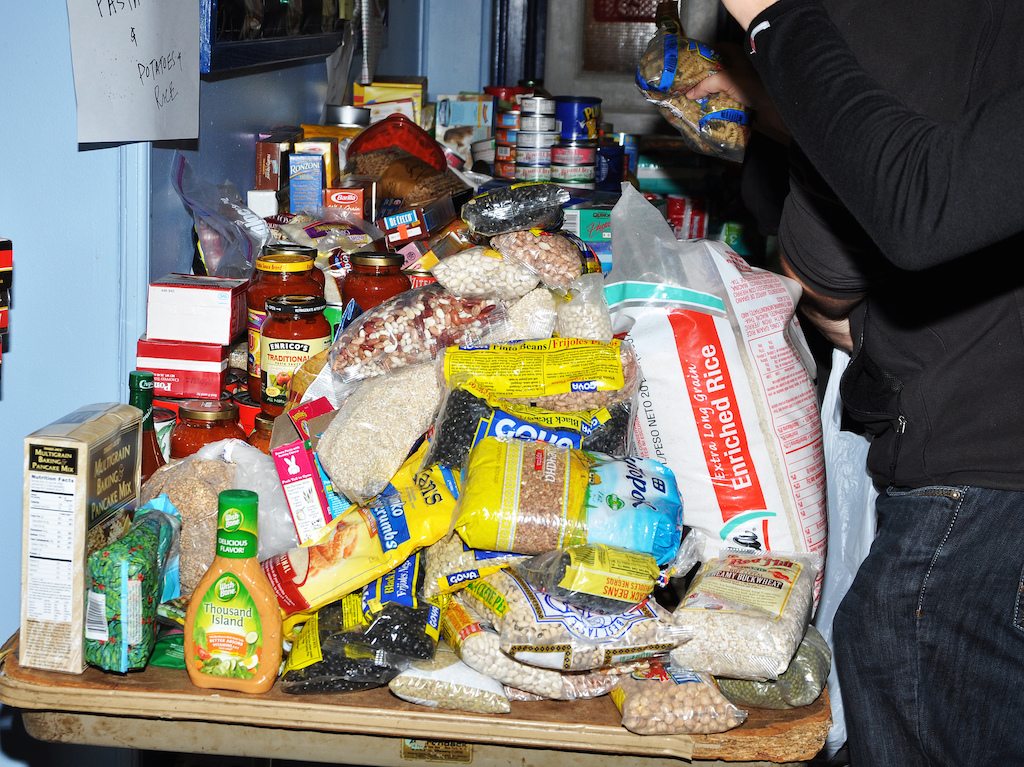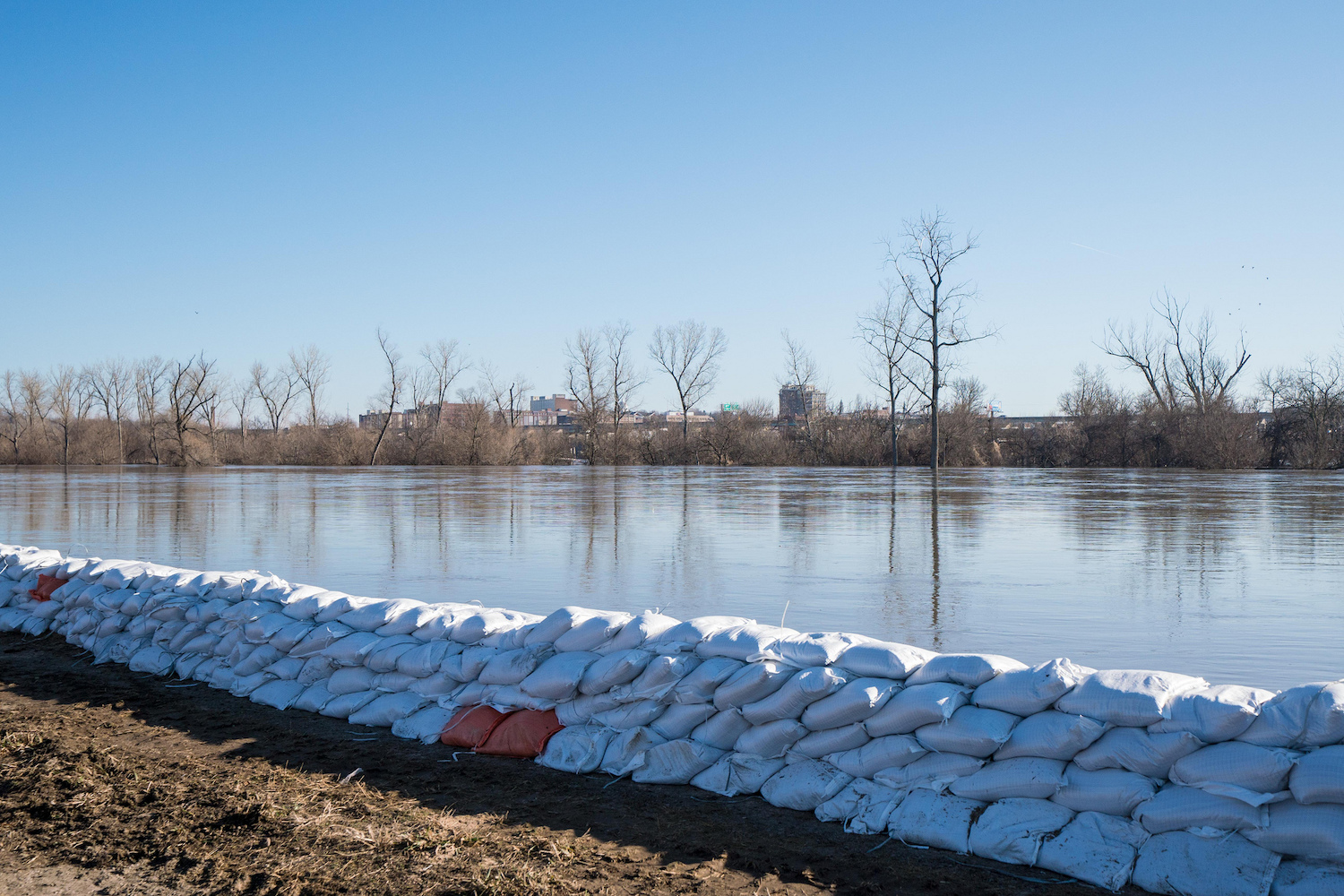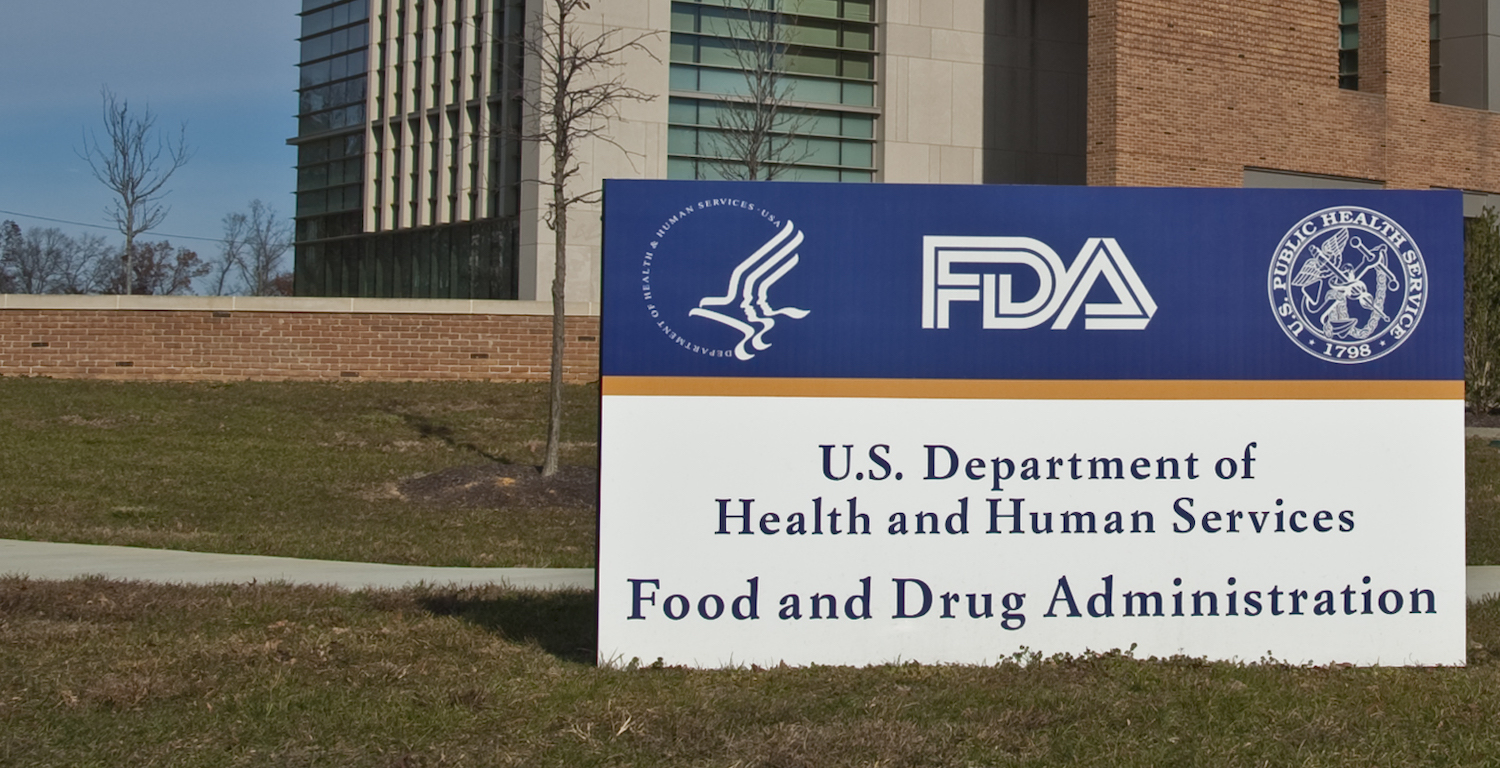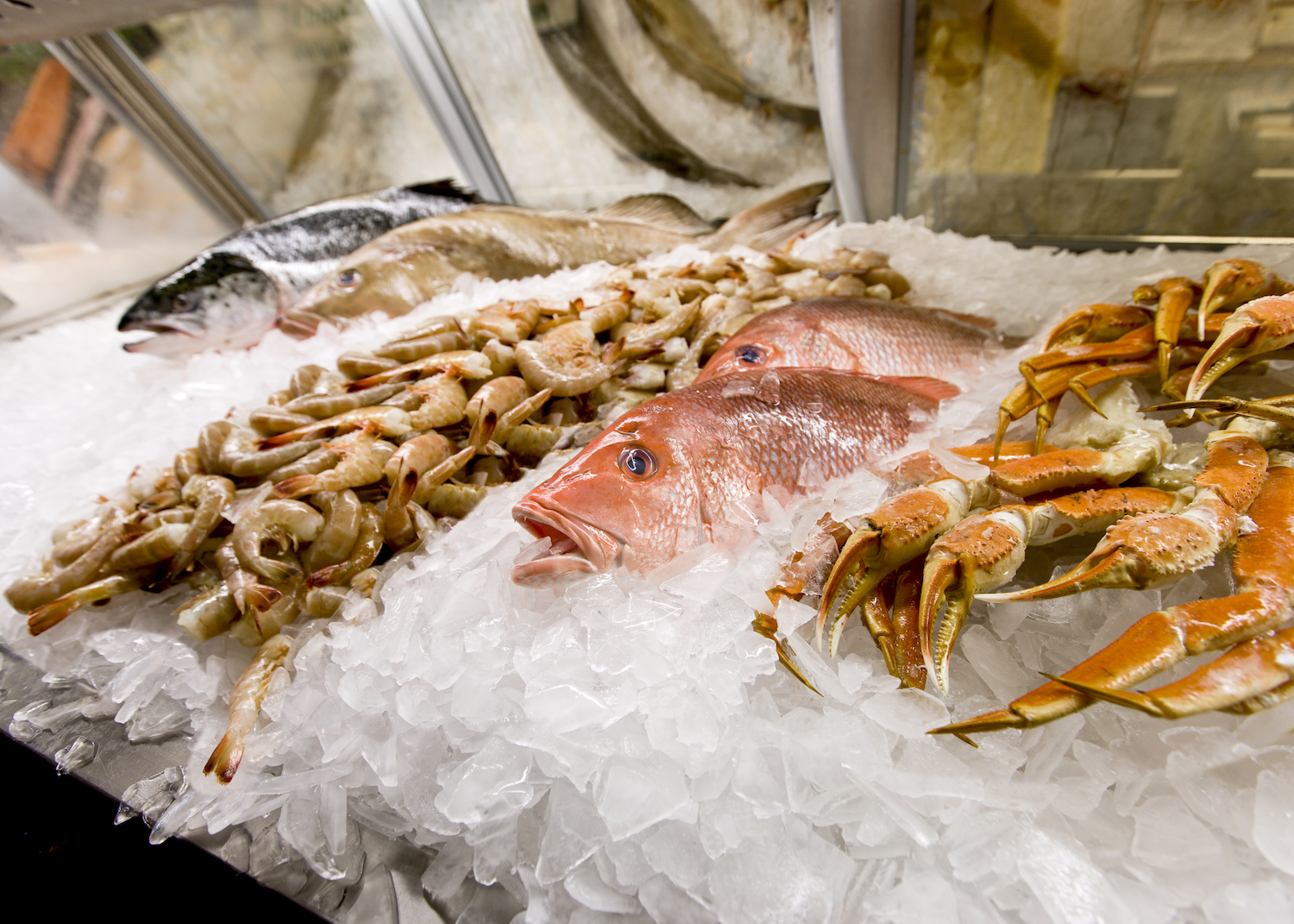We talked to the manager of four Southern California farmers’ markets, as well as a Rutgers food safety specialist, for this step-by-step guide on staying virus-free.
Nothing is the same: The Wednesday farmers’ market in Santa Monica, California, at almost 40 the oldest, and biggest, in the state, used to be half shopping, half socializing, the closed-off streets clogged with people chatting and comparing purchases, the farmers barely able to squeeze sideways between stalls. Customers bought citrus fruit from farmers who a generation ago had accompanied their parents to the market.
That was then, and this is now—fewer stalls and “local agricultural products only,” according to Jaclyn Rivera-Krouse, farmers market manager for the city’s four weekly markets. No prepared foods, no flowers, no crowds, no stop-and-chat, and lots of signs saying what to do and what not to do, all in the name of safety.
And lots of enforcement. “We’ve had to break up conversations at the market,” she said. “I’ll go up to a cluster of people standing in the middle of the street and say, ‘Hey, hey, can you take this out of the market so people can keep moving?’ People are gracious for the most part, though we’ve had a couple of freak-outs.”
This is how produce-shopping looks today, from the moment the farmer pulls up to the market until you store your produce at home.
—
1.
Farmers arrive at a redesigned Wednesday market—a reduced number of stalls with more space between them to allow for social-distancing among providers as well as customers. “We try to keep them in their old spots as much as we can,” said Rivera-Krouse. “And once they’re set up management will come by to verify that a booth looks the way we want it to look.”
2.
Yellow safety tape prevents customers from shopping the way they used to, crowding around bins, rooting through for the nicest-looking bunch of carrots, pushing aside stalks of broccoli to get at the ones they want. They start instead at a signed entry point, walk through, pay at the far end, and walk out.
3.
“Farmers all post signs,” said Rivera-Krouse, “with our staff assisting. A social distancing reminder, entrance and exit signs, signs about handwashing and covering your cough. There’s a sign asking people only to touch what they intend to buy.”
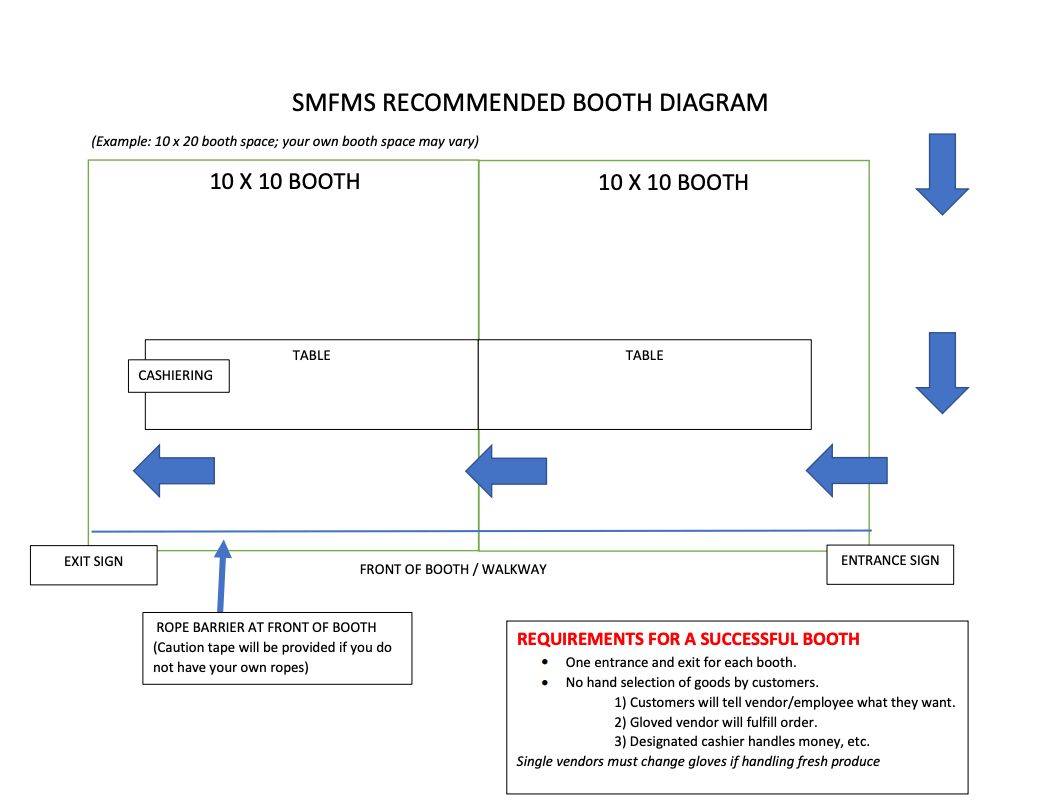
A reduced number of stalls with more space between them allows for social-distancing among providers as well as customers.
Santa Monica Farmers Market
4.
Larger farms designate one person to handle produce and one person to take payment and make change, because “we don’t want people handling both produce and money,” said Rivera-Krouse. “We want to minimize touch points on products. Some farmers don’t have a large staff to deploy, to have one bagging produce and one on the cash register, so we have them change gloves whenever possible.” Everyone wears gloves.
5.
Some farmers have abandoned displays of loose produce to further minimize contact. “We’re seeing more pre-portioning, and boxes with various products, we encourage products that are safeguarded as much as possible,” said Rivera-Krouse. “In a normal world we discourage single-use bags, but this is a public health emergency.”
6.
The city has set up portable hand-washing stations at the markets, and has posted signs indicating the locations of public restrooms, like one in a nearby city parking lot.
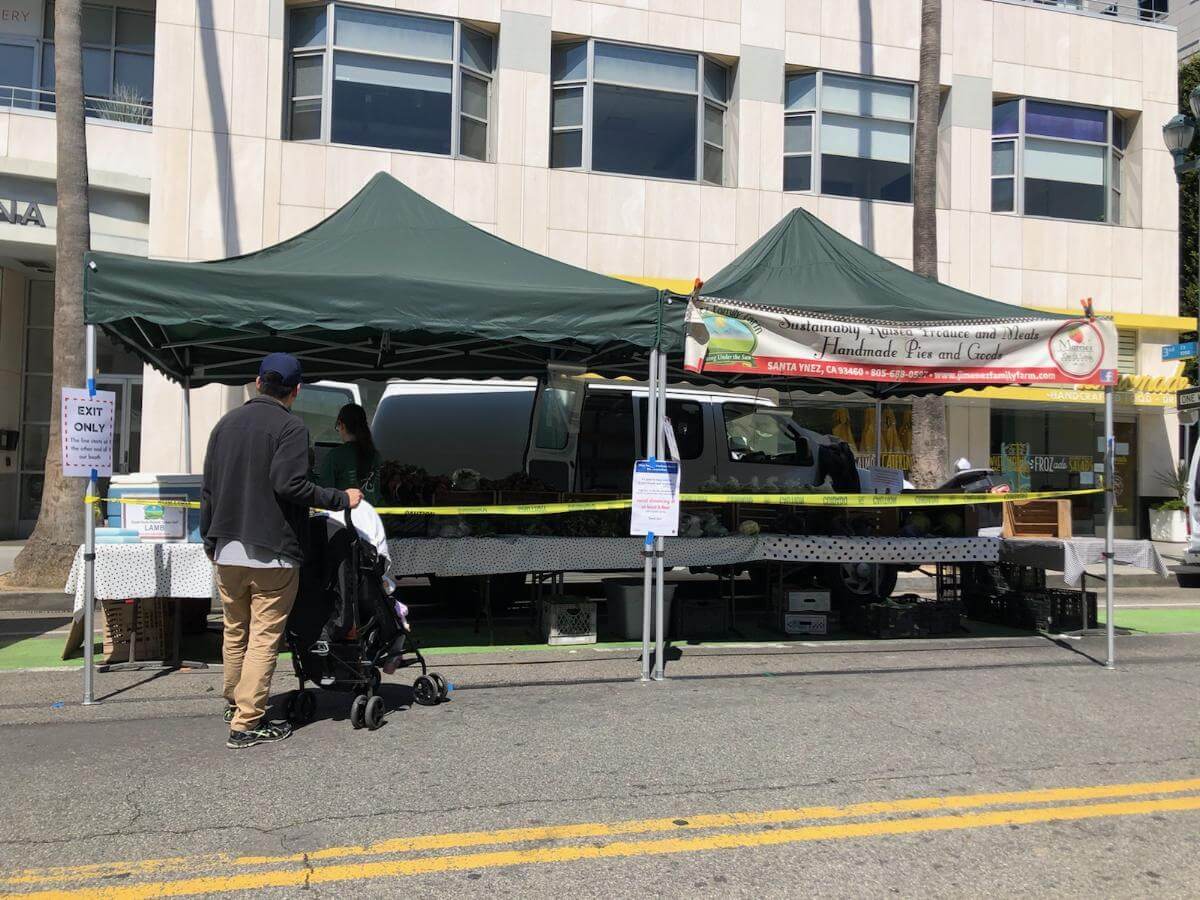
Yellow safety tape prevents customers from shopping the way they used to. Instead, entrance and exit signs delineate shopper traffic.
Santa Monica Farmers Market
7.
The city urges people over 65 and those with compromised immune systems to avoid the market altogether, with mixed results. “Most who come are doing fast in-and-out visits,” said Rivera-Krouse. “It does concern me. A lot of our farmers are 65 and older, and without banning them from the market, I have brought up the conversation. It’s a very, very hard decision for them to make.”
Shoppers can reduce risk on their end as well, according to Don Schaffner, extension specialist and professor of food science at Rutgers University, who last weighed in on how safely to navigate the new world of take-out and delivery.
8.
As soon as you get to the market, sanitize your hands. If you have an asymptomatic case of Covid-19, this will diminish your risk of spreading germs. “This is not to protect you,” said Schaffner. “This is to protect the market,” he says.”
9.
Make a shopping list to minimize browsing time, even though browsing is often the best part of a visit to the farmers’ market. Lingering at each stand increases the risk of contact with asymptomatic virus carriers. “The single biggest problem when you’re in the market is not hands or food. It’s other people,” said Schaffner. “You want to have an efficient plan for moving through that market as quickly as possible.”
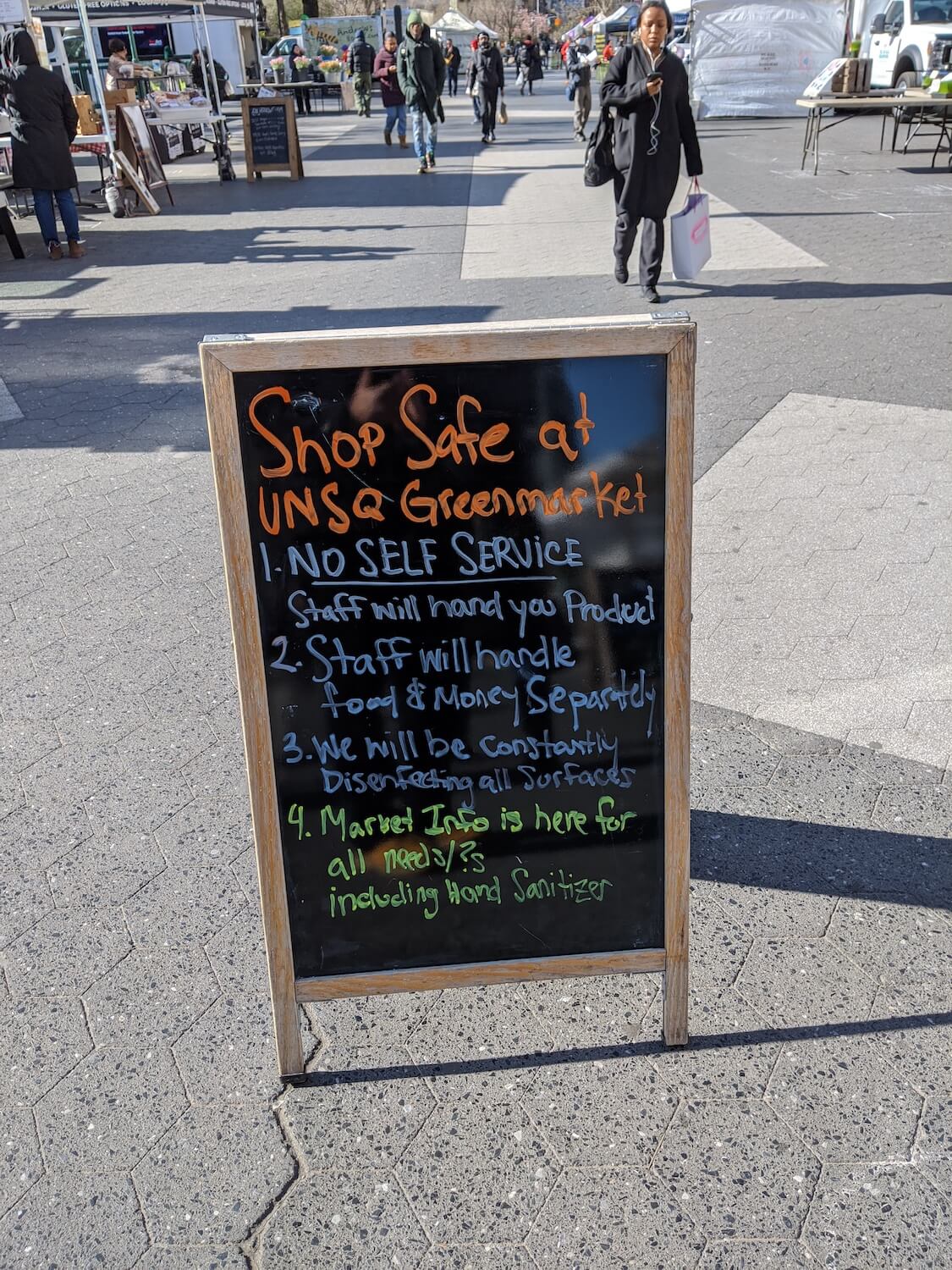
A “Shop Safe” sign displayed at Union Square Greenmarket in New York City.
10.
If you’re at a farmers’ market where self-serve options are still available, honor the farmers’ instructions and touch only the produce you’re going to buy. This isn’t the time to squeeze-check a piece of fruit or deeply inhale the scent of a flower bouquet. And continue to bring a big re-usable bag to hold your purchases, even if more of them come in pre-bagged portions.
11.
What about handling cash? “People are obsessed about germs on their money,” Schaffner says. But there’s actually no evidence that cash is a vector for Covid-19. If you can do a cashless, touch-free transaction, do it. But in general, he’s not worried about cash. He jokes that the virus doesn’t survive well on copper, so pennies are just fine—and despite his lack of concern, says that it never hurts to sanitize your hands again after a cash transaction.
12.
Once you’re home, don’t wash your vegetables with soap. When we spoke, Schaffner was plotting a lengthy Twitter thread debunking a viral video of a man in scrubs advising people to leave their groceries on the porch for three days and to disinfect the individual boxes and bags holding their food. “It’s just so annoying,” Schaffner says of the video. Washing produce with soap is “the worst possible idea,” because soap residue can cause nausea, vomiting, and diarrhea. It’s not necessary to wash produce with vinegar or bleach, either. Cold water is your best bet.
13.
Last, if you feel safe doing so, Schaffner says you should continue patronizing your local farmers’ market. “People are suffering, right? People in the food business are so important at this time,” he says. “If you can go to your farmers’ market and give them your business, please do. We want these markets to be there when the pandemic is over.”
